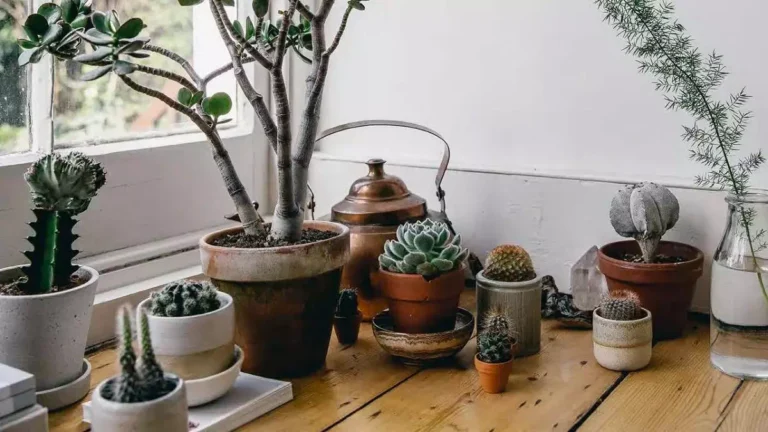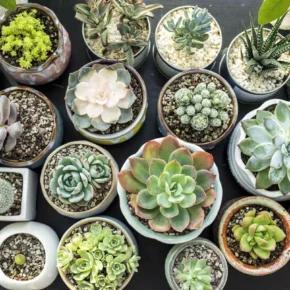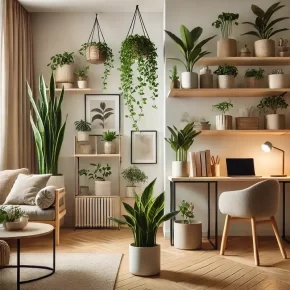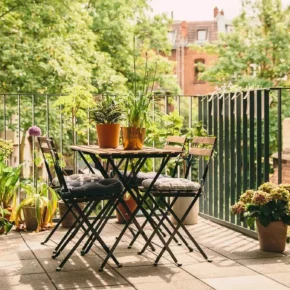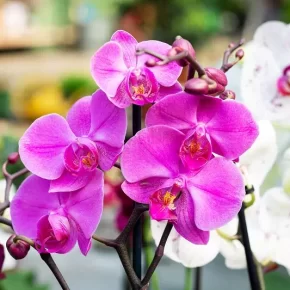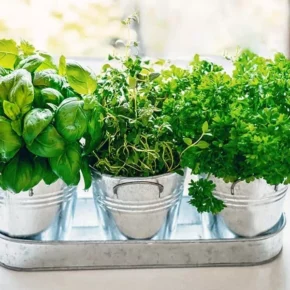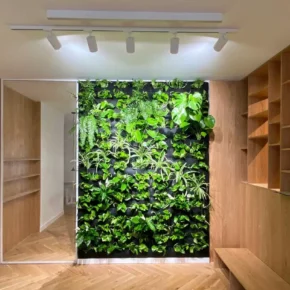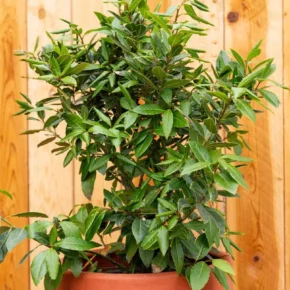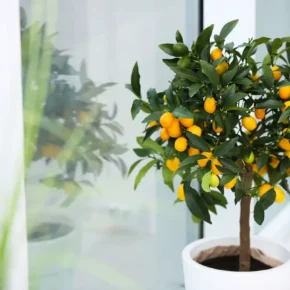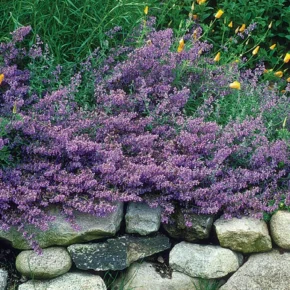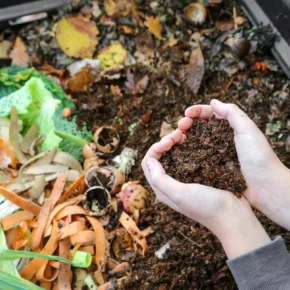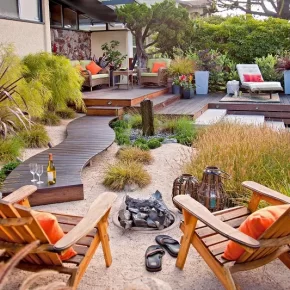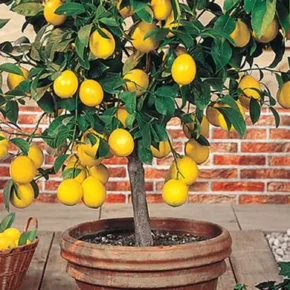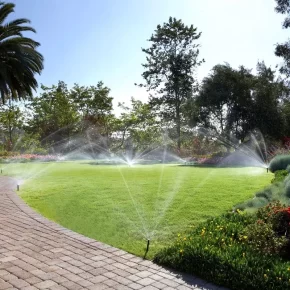Decorative cacti and succulents have gained popularity among lovers of indoor plants due to their ease of care, decorativeness and unusual appearance.
They are a great option for those who want to add greenery to the interior, but do not have time for complex care. However, even these plants have their own requirements for healthy growth and good appearance.
1. Choosing a place for cacti and succulents
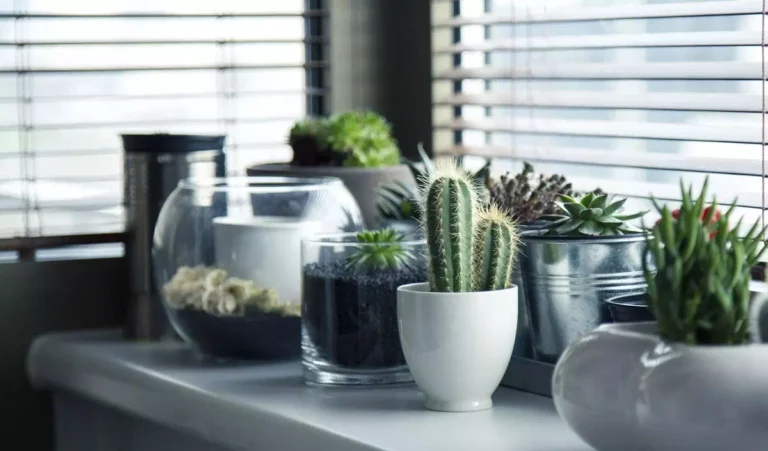
Cacti and succulents are plants that are accustomed to the harsh conditions of deserts and semi-deserts, where light and heat prevail. At home, they also need bright sunlight and a stable temperature.
- Lighting : most species need direct sunlight for 4-6 hours a day. It is best to place them on southern or western windowsills. In winter, you can additionally illuminate them with phytolamps to compensate for the insufficient amount of natural light.
- Temperature : the optimal temperature for most cacti and succulents is 20-26 °C in summer and 10-15 °C in winter. It is important to avoid sudden changes in temperature, especially when moving plants to a balcony or terrace.
2. Watering: the main thing is not to overdo it
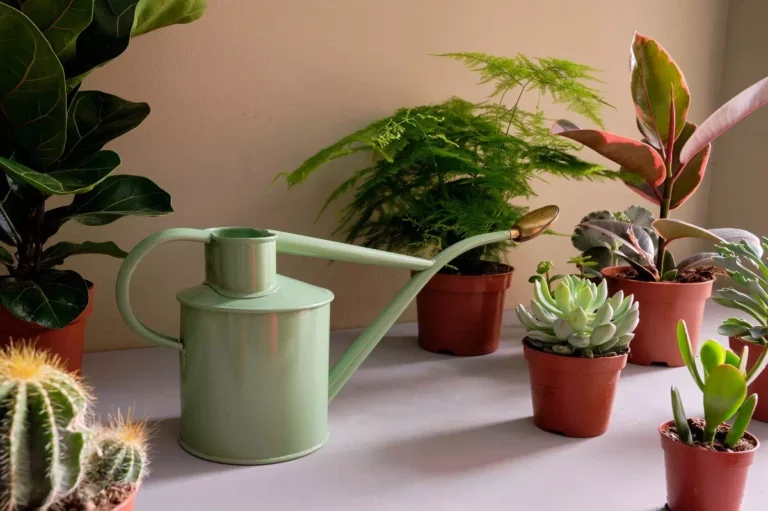
One of the main mistakes in the care of succulents is excessive watering. These plants tend to accumulate moisture in their stems and leaves, so they do not need frequent watering.
- Summer watering : in the warm season, water the plants once every 1-2 weeks. Make sure the soil is completely dry between waterings.
- Winter watering : during the rest period (from November to March), watering is reduced to once a month or even less often.
- Water : for irrigation, it is better to use settled or rainwater at room temperature. Tap water can have high hardness, which over time has a negative effect on plants.
3. Fertilization: when and with what to fertilize

Although cacti and succulents are not very picky about feeding, they still need additional nutrients, especially during periods of active growth.
- Spring-summer period : add special fertilizers for cacti and succulents once a month. They contain an optimal ratio of nitrogen, phosphorus and potassium.
- Winter period : in winter, fertilizing is not carried out, as the plants go into a state of rest.
- Form of fertilizers : it is better to use liquid fertilizers that can be added to water for irrigation. It is important not to exceed the recommended dose, as this can damage the root system.
4. Soil and transplant: providing ideal conditions for growth
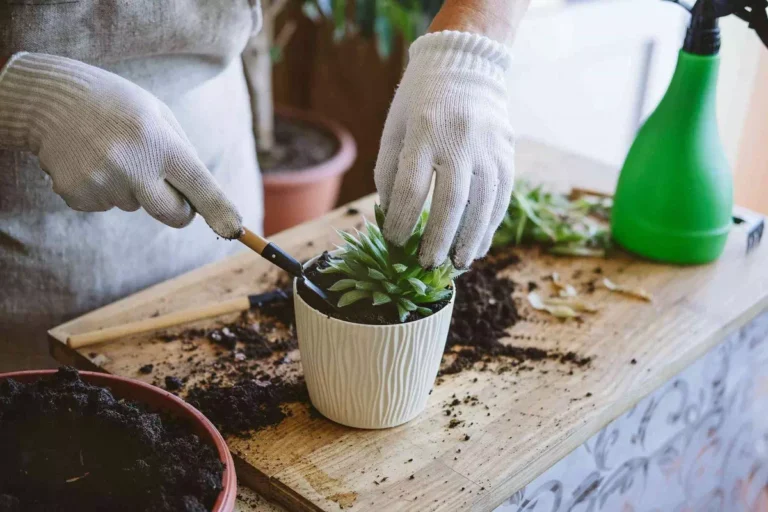
Succulents need light, well-drained soil that avoids stagnant water and prevents root rot.
- Choosing the soil : special mixes for cacti and succulents, which you can buy in stores, are ideal. They have a sandy and stony structure, which ensures a quick outflow of water.
- Drainage : be sure to add a layer of drainage to the bottom of the pot, for example expanded clay or pebbles. This helps drain excess water.
- Transplantation : young plants are transplanted every 1-2 years, adults – every 3-4 years. The best time for transplanting is spring, when active growth begins.
5. Prevention of pests and diseases
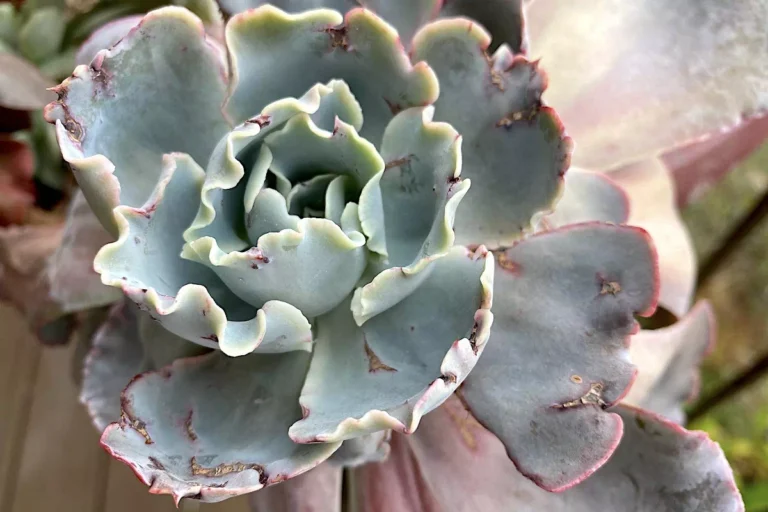
Cacti and succulents are rarely affected by pests, but can still fall prey to mealybugs, spider mites and root rot.
- Mealybug : can be detected as white cotton-like spots on stems and leaves. To fight, treat the affected areas with alcohol or special insecticides.
- Spider mite : often occurs in low humidity and high temperature. Treatment with a soap solution or acaricide will help get rid of ticks.
- Root rot : usually caused by overwatering. If you notice that the plant has become soft, check its roots. Damaged areas can be cut off, and the rest of the plant can be transplanted into new, dry soil.
6. Decoration and compositions from succulents
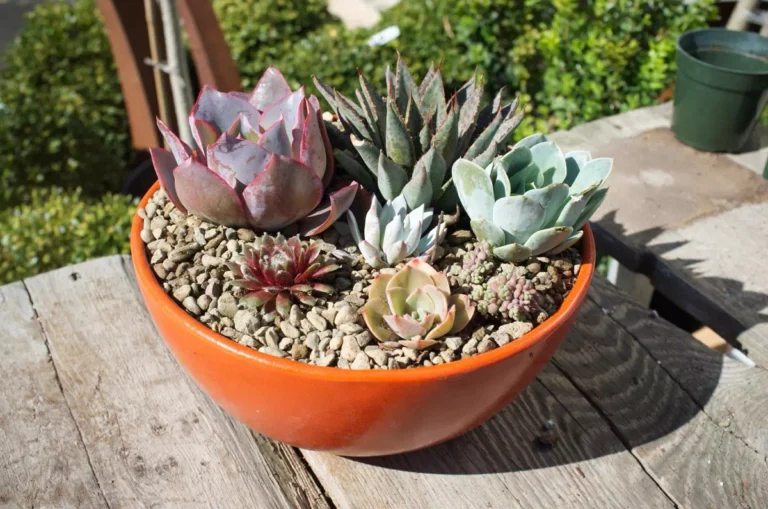
Succulents look great in compositions where different species with different shapes and shades of leaves are combined. This gives the interior a stylish and natural look.
- Terrariums and florariums : small glass containers with succulents have become popular due to their original appearance. They can be supplemented with sand, stones and decorative elements.
- Cascading compositions : some types of succulents, such as sedum or echeveria, look good in vertical gardens or cascading pots, creating volumetric compositions.
- One large pot : to create a mini garden, you can choose a large flat pot and combine several different types of cacti and succulents in it.
Caring for cacti and succulents does not require much effort, but following simple rules will help keep the plants in perfect condition. Proper location, moderate watering, feeding, suitable soil and disease prevention are the basics that will make your decorative cacti and succulents a true decoration of your home.

